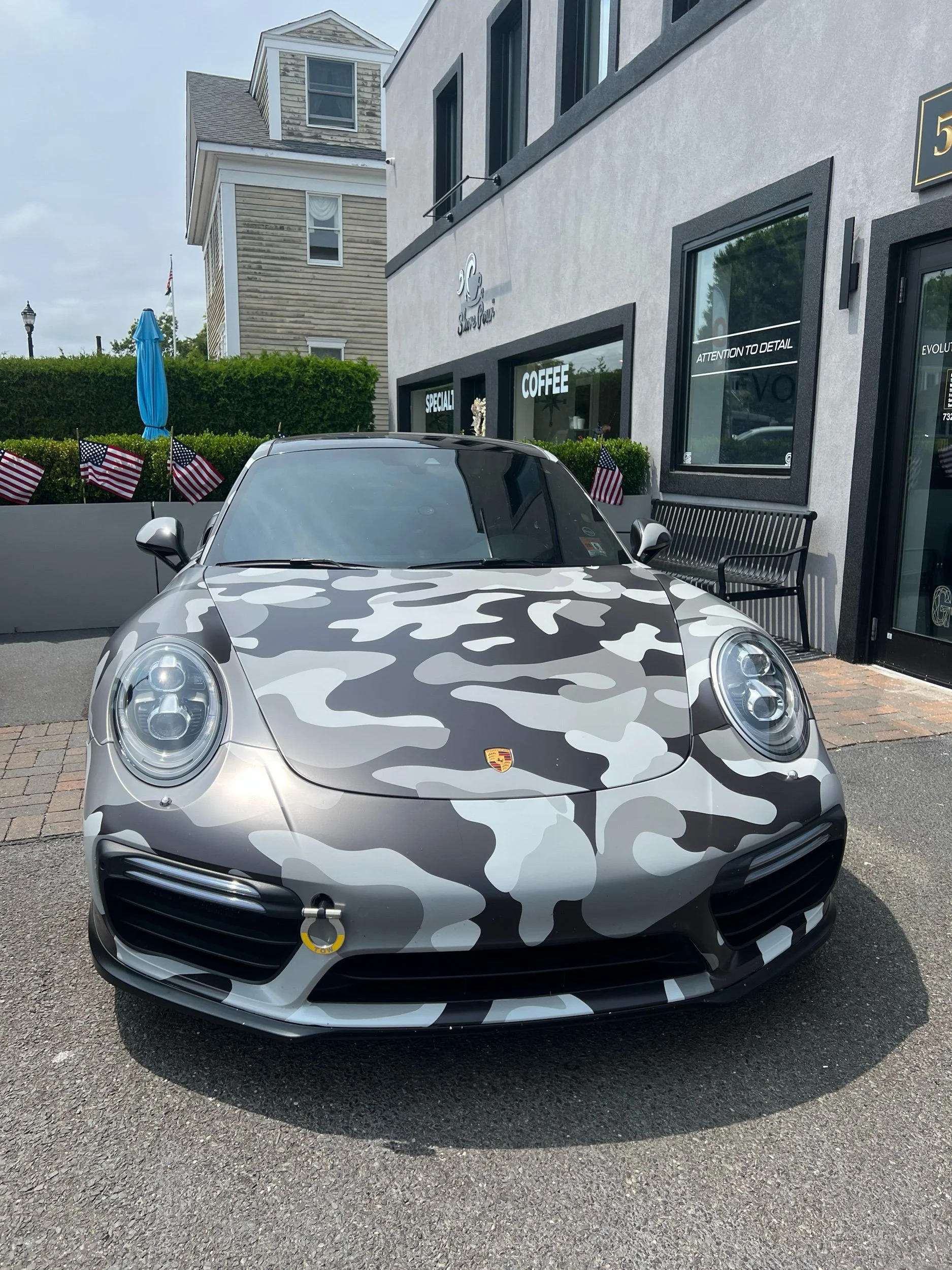The idea of seed oils doesn’t seem that bad at first. I mean, the oil comes from plants. Unfortunately, a closer look at seed oils reveals a not-so-healthy picture.
So, what are “seed oils”?
Seed oils are oils extracted from the seeds of various plants, such as sunflower, soybean, corn, sesame, and safflower. These oils are commonly used in cooking, cosmetics, and industrial applications due to their high unsaturated fat content. They're also a popular choice in the food industry and skincare products.
Common seed oils:
1. Soybean oil
2. Sunflower oil
3. Canola oil (Rapeseed)
4. Corn oil
5. Sesame oil
6. Safflower oil
7. Cottonseed oil
8. Grape seed oil
9. Pumpkin seed oil
10. Flaxseed oil
Why are seed oils “bad”?
While seed oils can have some health benefits due to their unsaturated fat content, they can also pose potential health risks when consumed in excessive amounts. Here are some reasons why seed oils are sometimes considered less healthy:
1. High Omega-6 Fatty Acid Content
Many seed oils, such as soybean, corn, and sunflower oil, are high in omega-6 fatty acids. While omega-6 fatty acids are essential for health, excessive intake, especially in relation to omega-3 fatty acids, can contribute to inflammation and various chronic diseases. Interestingly, genetic factors may contribute to positive or negative effects of consuming Omega 6’s.
2. Processing Methods:
Seed oils are often refined using high heat, chemical solvents (e.g hexane), and deodorization processes, which can degrade the oil's nutritional quality and produce harmful compounds like trans fats and oxidation byproducts.
3. Imbalance in Omega-3 to Omega-6 Ratio:
The modern Western diet tends to be high in omega-6 fatty acids and low in omega-3 fatty acids. This imbalance can promote inflammation and increase the risk of chronic diseases such as heart disease, diabetes, and obesity.
4. Potential for Oxidation:
Seed oils, particularly those high in polyunsaturated fats, are prone to oxidation when exposed to heat, light, and air. Oxidized oils can generate harmful compounds that may contribute to inflammation and oxidative stress in the body.
5. Industrial Production:
The mass production of seed oils often involves the use of genetically modified seeds, pesticides, and other chemicals, which alone can have environmental and health implications.
Overall, while moderate consumption of unrefined, cold-pressed seed oils as part of a balanced diet can be beneficial, excessive intake of highly processed seed oils may contribute to health issues. Choosing oils with a healthier fatty acid profile, such as olive oil or avocado oil, and limiting the use of seed oils in favor of whole food sources of fats may be a better option for overall health.
Tips:
Read the labels
Take a look at the ingredients of the packaged foods you eat.
Ask Staff
When eating out, ask about what oils you are eating. You’ll be surprised by what you might find out. Some places you mignt have thought of as “healthy” may not use healthy oils and some places you might have assumed are not healthy might use healthier oil alternatives
Although each individual may have particular sensitivities, allergies or preferences regarding food choices, the more we know about our food supply, the better choices we can make. Many agree that the US food supply is of poor quality. The better choices we make at the grocery store and restaurant, then maybe the more impact this will have with food production as a whole.
What are other alternatives and suggestions?
1. Olive oil:
Extra virgin olive oil is a popular and healthy choice due to its high monounsaturated fat content and antioxidants.
2. Avocado oil:
Avocado oil is rich in monounsaturated fats and has a high smoke point, making it suitable for cooking at high temperatures.
3. Coconut oil:
Coconut oil contains medium-chain triglycerides (MCTs) and is suitable for cooking at moderate temperatures. It adds a unique flavor to dishes.
4. Ghee:
Ghee is clarified butter with the milk solids removed, making it suitable for high-heat cooking and imparting a rich flavor to dishes.
5. Butter:
While high in saturated fat, butter can be used in moderation for cooking and flavoring dishes.
6. Animal fats:
Lard, tallow, and duck fat are traditional fats that can be used for cooking. Look for high-quality, minimally processed options.
7. Nut oils:
Walnut oil, almond oil, and hazelnut oil can add flavor to dishes and are suitable for dressings and low-heat cooking.
8. Palm oil:
Red palm oil, when sustainably sourced, can be used for cooking and baking. It contains beneficial antioxidants and has a distinct flavor.
9. Macadamia nut oil:
This oil has a high smoke point and a buttery flavor, making it suitable for cooking and salad dressings.
10. Rice bran oil:
Rice bran oil has a high smoke point and a neutral flavor, making it suitable for frying and stir-frying.
These alternatives offer a variety of flavors and nutritional profiles, allowing you to choose the best option based on your taste preferences and cooking needs.
Although the consumption of seed oils in small amounts might not be an issue, it is the sheer quantity that ends up in the foods we consume on a daily basis that is the issue. The mass production of seed oils os one factor in its availabilty and their lower costs. Should we be able to purchase and consume convenient, whole, natural foods that are affordable on a more regular basis, then seed oils would not be such a big concern. However, the over-consumption and constant trickle of poor quality, highly manufactured/processed, and inflammation-promoting oils in our food is a problem.
Tips:
Use technology to help you find healthier sources of food.
For example, Seed Oil Scout is an app that enables comsumers to rate and inform other users about the oils used at the restaurants they dine in.
Tip:
Join me in reporting on restaurants in your area on the Seed Oil Scout app. https://www.seedoilscout.com











